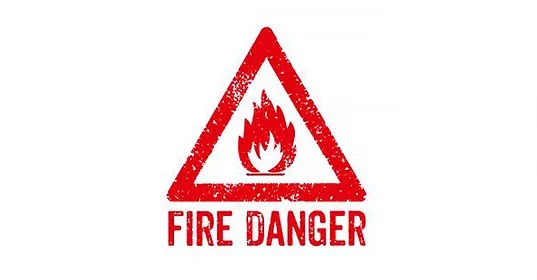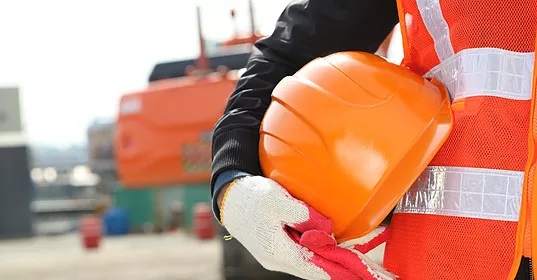When was the last time you thought about the condition of your Passive Fire Protection (PFP)? Do you know if you have Corrosion Under Fireproofing (CUF) issues? Are you in compliance with OSHA regulations and/or Industrial Requirements? Is your facility, your people, or a vital piece of equipment/structure at risk due to degradation of the fireproofing you currently have in place? These are questions that every facility should be able to answer.
WARNING: This is not your father’s safety message.
Fair warning: I’m pretty confident these folks didn’t know what they were getting themselves into when tapping on the new safety director to write up a piece for the first newsletter. After all, I did query “It can have some personality, right?” “Write anything you want”, they said. “It will be fun”, they said. Anyhow, be honest with me now: did your eyes roll back into your head already just by seeing the words “safety message?” If not, swing by or drop me a line to shoot the bull sometime. If so – well, frankly, I can hardly blame that perception.
All industrial complexes, from oil refineries, petrochemical, and gas-processing plants to medical manufacturing complexes, require periodic inspections, audits of programs, data analysis and assessments of equipment. The types of equipment being assessed can range from piping, pressure vessels, tanks and rotating equipment, to smaller, ancillary items such as hoses, safety harnesses and fire extinguishers.
However, despite generational advances in technology, a large percentage of today’s asset inspections are vulnerable to “dirty data” collection and retention, which is then incorporated into facility documentation and management systems.
Right now, as you are reading this article, more than likely you have two or more pieces of technology in front of you. Whether they are your smart phone, laptop, Ipad or GPS in your car, we all use technology daily to help run our lives more efficiently. We use it to schedule meetings, remember important dates, keep in touch with distant friends, and to make sure our jobs are performed to the highest standards. Why is it then, that with all the technology available on the market today, so many industries still perform processes the “old fashion way?” Why do companies still have data (data that is vital to the safety or proper functioning of a piece of equipment) manually entered into their computer systems? I think most would agree, it’s time for more companies in our industry to embrace new technology by modernizing the way their data is collected.
Due to constant changes in technology, business, and the wants or needs of the client, Agile frameworks and methodologies are becoming increasingly necessary for development teams to implement. Previously, development teams used a traditional framework called the Waterfall method. This method is best suited for projects that require very little adaptation to change and have rigid deadlines. Another aspect of this traditional framework is that client or stakeholder feedback is only provided at the beginning and the end of the project. The most common issue with this scenario is the customer’s priorities have shifted, therefore the project completed by the development team isn’t ideal or in some cases, useless.





